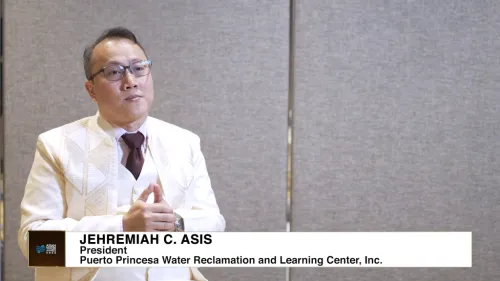
Limiting global warming to 1.6 degrees Celsius achievable
Solar and wind power will need to grow to 44% by 2050.
Limiting global warming to 1.6 degrees Celsius is a possibility as renewables costs continue to drop and capacity is coming online at a record pace, according to a RystadEnergy report.
In 2023, solar installations surged 60% to 360 gigawatt-hours alternating current. Meanwhile, electric vehicles (EVs) are expected to reach 23% of new passenger car sales this year.
As such, reducing global warming requires a rapid acceleration of energy transition. To meet the 1.6-degree scenario, Rystad said solar and wind power will need to grow to 44% of the primary energy supply by 2050.
As renewables expand at a rapid pace, the report said they may outcompete fossil-fuel alternatives on pure economics without subsidies.
The second task is to electrify almost everything, including the transportation, industry and building segments. Maxing out economically viable electrification potential in these sectors would result in 43% of the total required emission abatement.
The third one is to clean up residual emissions which can not be eliminated through electrification. This requires the deployment of new technologies, such as carbon capture, utilization and storage (CCUS), direct air carbon capture (DACC), hydrogen-based alternative fuels, and biofuels.
However, many of these technologies are still in the early stages of development, and significant technical, economic and regulatory progress must be made to de-risk project investments.



















 Advertise
Advertise






